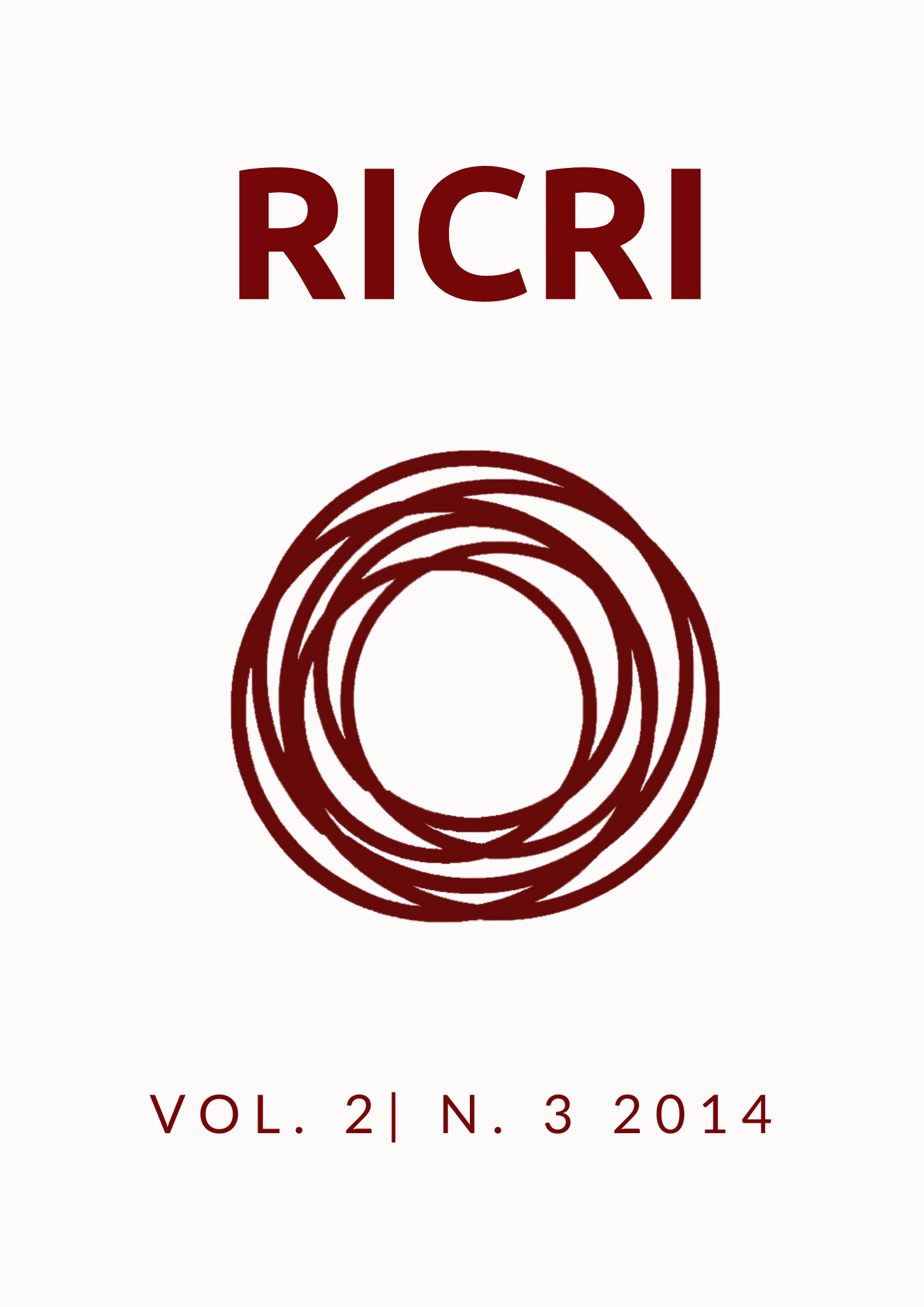The new world (dis)order and the search for an enemy: the United States foreign policy after the cold war
Resumo
The years of the Cold War were characterized by a clear US strategy: the containment of Soviet power. Once it was over, the United States emerged as the only superpower, with a great military capacity. With the collapse of USSR, though, America was left without a clear enemy and therefore without a clear strategy for its foreign policy. Therefore, if the United States did not want to go back to the isolationism that characterized its first centuries, it needed to find a new rationale for its international engagement. Nevertheless, the world after Cold War had a much wider agenda. New challenges such as the threat of terrorism and the risk of cultural clashes put in danger the stability of the Western order. Besides that, the idea of the democratic peace started to be developed. Without the contradictions of the Cold War, the United States could justify its internationalism by presenting the spread of democracy as its duty as the hegemon in the post-Cold War era. This view of the US role was consolidated during President Clinton`s mandate and is yet dominant in the country`s foreign policy. This essay will argue that the end of the Cold War left the United States with a great military capacity and means to continue its internationalist foreign policy but also without clear objectives. The route chosen by American foreign policy makers was to keep the global stability and the democratic values worldwide. Therefore, its new enemies became every actor – state or not – that defied this new world order, characterized by democracy, free trade and stability.
Downloads
Referências
Bush, George (1990) "Address Before a Joint Session of the Congress on the Persian Gulf Crisis and the Federal Budget Deficit" http://www.presidency.ucsb.edu/ws/?pid=18820.
Carpenter, Ted Galen. (1991), “The new world disorder”. Foreign Policy, vol. 84, pp. 24-39.
Hobsbawm, Eric. J. (1996), Nations and Nationalism since 1780. Cambridge, Cambridge University Press.
Hoffmann, Stanley. (1990), “A new world and its troubles”. Foreign Affairs, vol. 69, No 4, pp. 115-122.
Hundington, Samuel (1996), The Clash of Civilizations and the Remaking of World Order. New York: Simon & Schuster.
Ikenberry, G. John. (1996), “The Myth of Post-Cold War Chaos”. Foreign Affairs, vol. 75, No. 3, pp. 79-91.
Murray, Shoon Kathleen and Meyers, Jason. (1999), “Do People Need Foreign Enemies?”. Journal of Conflict Resolution, vol. 42 No. 5, pp. 555-569.
Nye, Joseph S. (1992), “What new world order?”. Foreign Affairs, vol. 71, No. 2, pp. 83-96.
Russet, Bruce (1993), Grasping the Democratic Peace. Princeton: Princeton University Press.
Schleisinger, James. (1992), “Quest for a post-Cold War foreign policy”. Foreign Affairs, vol. 72, No. 1, pp. 17-28.
The New York Times (1990), ‘American Voices: Doubts As the Cold War Ends - A Special Report: In U.S, Unease as World Changes’ (New York: The New York Times), http://www.nytimes.com/1990/03/11/us/american-voices-doubts-cold-war-ends-special-report-us-unease-world-changes.html?pagewanted=all&src=pm.
Downloads
Publicado
Como Citar
Edição
Seção
Licença
Autores que publicam nesta revista concordam com os seguintes termos:
- Autores mantém os direitos autorais e concedem à revista o direito de primeira publicação, com o trabalho simultaneamente licenciado sob a Atribuição-NãoComercial 4.0 Internacional (CC BY-NC 4.0) que permite o compartilhamento do trabalho com reconhecimento da autoria e publicação inicial nesta revista.
- Autores têm autorização para assumir contratos adicionais separadamente, para distribuição não-exclusiva da versão do trabalho publicada nesta revista (ex.: publicar em repositório institucional ou como capítulo de livro), com reconhecimento de autoria e publicação inicial nesta revista.
- Autores têm permissão e são estimulados a publicar e distribuir seu trabalho online (ex.: em repositórios institucionais ou na sua página pessoal) a qualquer ponto antes ou durante o processo editorial, já que isso pode gerar alterações produtivas, bem como aumentar o impacto e a citação do trabalho publicado (Veja O Efeito do Acesso Livre).




